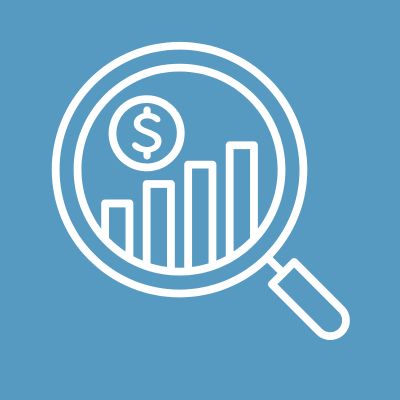Supermarket
Examine the change in supermarket jobs due to advances in technology.
{{searchResultSnippet}}
 Back to All
Back to All

This video assignment shows how changes in technology changed the way and speed with which people move goods.
Below is a full transcript of this video. It has not been edited or reviewed for accuracy or readability.
Let’s explore a little economics. Yesterday, I shipped fresh flowers from California to New York for a special event. This morning, I’ll fly from St. Louis to Atlanta for a meeting. We take our ability to moves goods and travel long distances quickly for granted, but it hasn’t always been like that.
Long ago we moved on foot, by following our food. Then we learned to grow crops and we carried goods in our arms, on our heads, and on our backs. It was slow, and we carried what we could consume.
Later, we domesticated animals and used them to move people and goods. We developed physical capital to help us move things faster and to move more than we could carry. This made it easier to trade with others.
Soon, we were sailing on oceans with goods, then things changed rapidly. We used ships, trains, cars, and trucks to move ourselves and our goods.
And what came next? Airplanes and flying! Now we can move perishable goods, like flowers and fish, quickly all over the world by a plane. And soon, we may have drones that can move goods, too, so you can order flower for your mom, or fish for dinner, and have them dropped at your doorstep.
Moving goods and people is an important part of the economy. Technology and innovation have changed how far and how fast we move, the variety of goods available, the kinds of jobs we have, and the prices we pay.
Think about that next time you look up and see a plane in the sky!

Scarcity and Opportunity Cost
Introduce the term "scarcity".

Consumers and Producers
Understand that people are both producers and consumers.

Goods and Services
Explain that people buy and use both goods and services.

How Daniel Got What He Wanted
Understand that people have to save to get the things they want.

Saving and Savings Goals
Introduce the terms "saving" and "savings".

The Economics of Infrastructure
Show how infrastructure supports the operation of an economy.

The Perfect Breakfast
Understand why people trade.

What Makes Something Useful as Money?
Explain what makes something useful as money.
{{resourceTitle}}
{{resourceBlurb}}